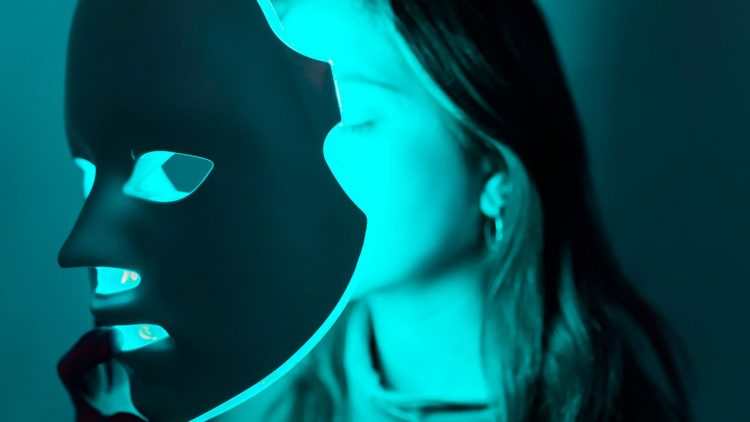In slightly simpler terms, LED light therapy “uses infrared light to achieve different effects on the skin,” explains Michele Farber, MD, a board-certified dermatologist based in Philadelphia, PA. During a treatment, “wavelengths in the visible light spectrum penetrate the skin to varying depths to exert biologic effect.” The different wavelengths are key, because this is “what helps make this method effective, as they penetrate the skin at varying depths and stimulate different cellular targets to help repair skin,” explains Ellen Marmur, MD, a board-certified dermatologist in New York City.
What this means is that the LED light essentially alters the activity of skin cells in order to produce a variety of agreeable outcomes, depending on the color of the light in question — of which there are multiple, and none of which are cancerous (because they do not contain UV rays).
Which LED light colors benefit skin?
“Red and blue light are the most commonly used LED lights for skin therapy,” says Sejal Shah, MD, a board-certified dermatologist based in New York City. “Yellow and green have not been as well studied but have also been used for skin treatments,” she explains, and adds that the combination of blue and red light used at the same time is a “specialized treatment known as photodynamic therapy,” or PDT.
Red LED light
This color has been shown to “stimulate collagen production, reduce inflammation, and increase blood circulation,” Dr. Shah says, “so it is primarily used for [fine lines and wrinkles] and wound healing.” In terms of the former, because it boosts collagen, “red light is thought to [address] fine lines and wrinkles,” Dr. Farber explains.
Because of its healing properties, it may also be used as an add-on after other in-office procedures, such as laser or microneedling, to reduce inflammation and recovery time, Shah says. According to aesthetician Joanna Vargas, this means she can perform “an intense peel on someone that can normally leave [their skin] red for hours, but then use infrared afterward and they walk out not red at all.”
Red light therapy may also help ease inflammatory skin conditions like rosacea and psoriasis.
Blue LED light
“There is encouraging evidence that blue LED light can alter the microbiome of the skin to improve acne,” says Dr. Belkin. Specifically, studies have shown that with continued use, blue LED light can help kill acne-causing bacteria and also reduce oil production in the skin’s sebaceous glands.
Source by www.allure.com


